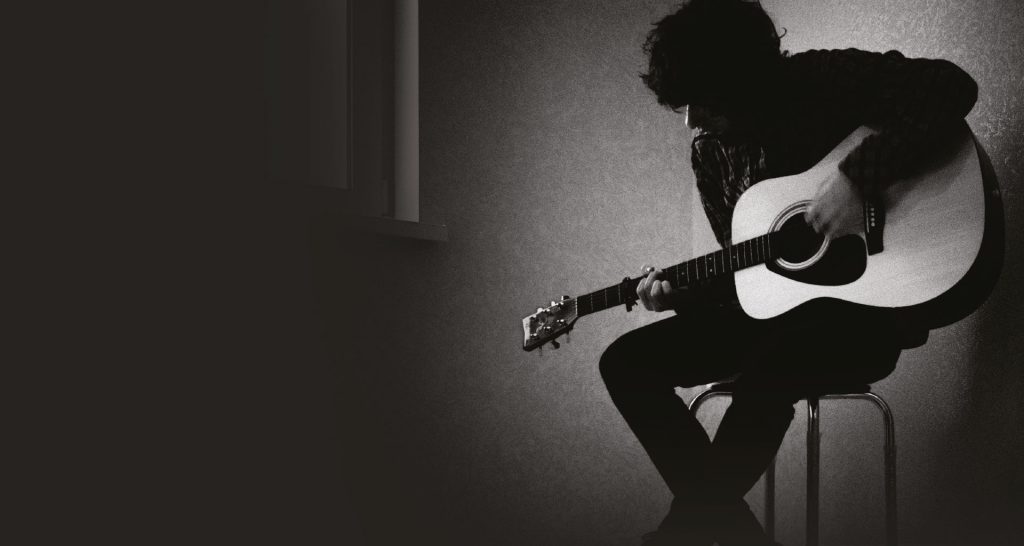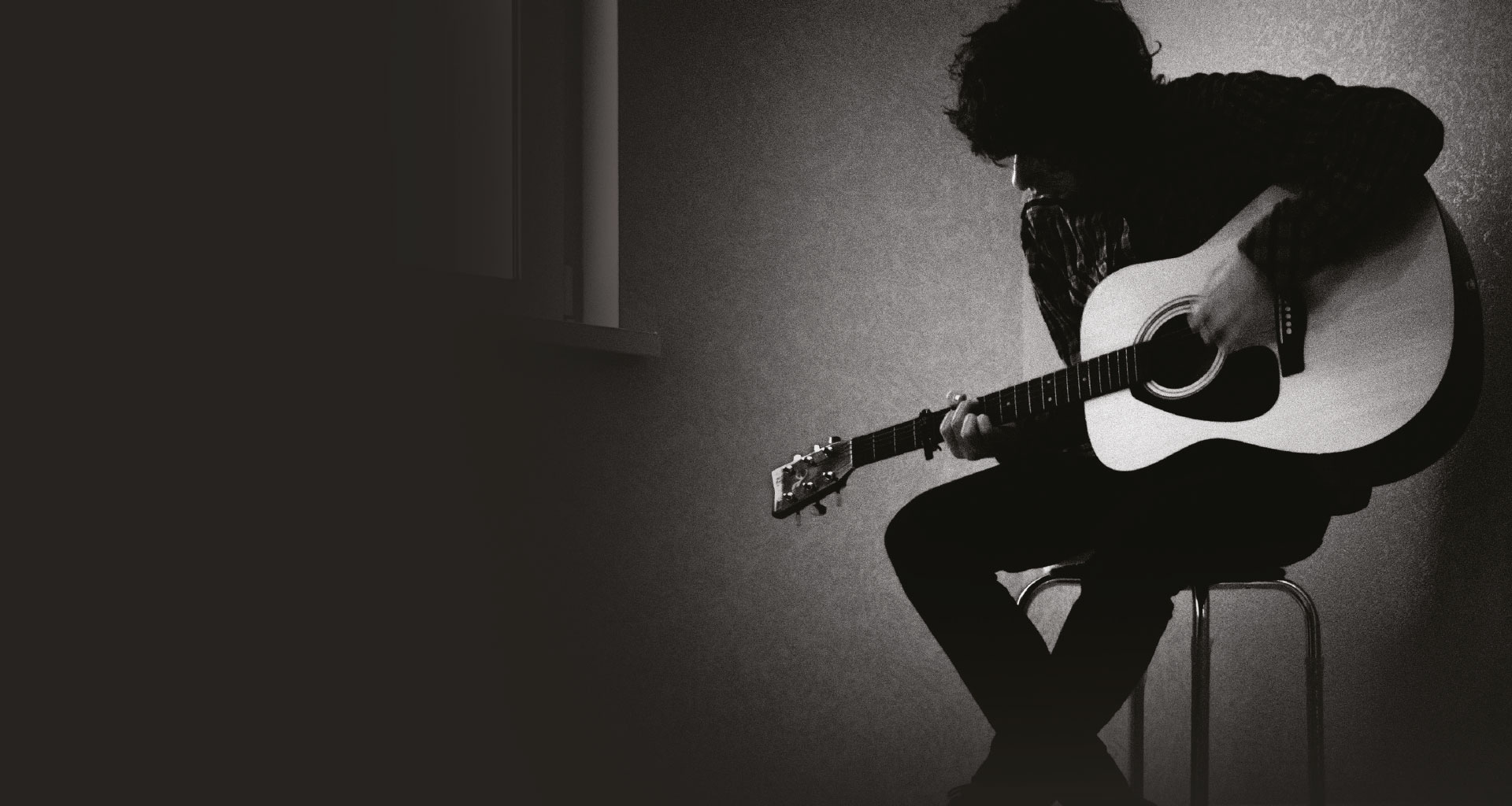Ah, there’s nothing quite like music, is there? In an age where seemingly so much divides us and keeps us all on edge, it’s nice to know there’s at least one thing on which we can all come together and enjoy. Music has long been one of the great communal activities, with everything from church choirs and amateur singing groups to theatre companies and garage bands across the world all sharing in the same tradition of being public bringers of music and joy.
Whether you’re an amateur looking for some music to go along with your next music recital, a professional in need of a track to back you up as you hit the stage to audition or the streets to perform, or anything in between, backing tracks can be an absolutely essential element of any musically-inclined person’s repertoire. Here are a few things to keep in mind when looking for backup music and different tracks.

What’s Your Setting?
When choosing a backing track, you first want to consider where, precisely, this music is going to be heard. Not only are different types of music naturally more suited to certain locales than others, but the same may be said for the type of backing track you use as well. For example, if you plan on performing in a big open space, you’re going to want a backing track which can be heard above the street noise and ambient chatter. In addition, it will likely have to be a type of music file which works with an iPod, laptop, or other portable music player.
What’s Your Medium?
In creating or purchasing quality tracks for use, you will likewise want to take a look at the medium in which you plan to use these recordings. For example, if you are looking to get a track for use on the stage, you will want to first scope out the acoustics of the planned performing space. If you plan on using it to rehearse or audition for a part, you’re going to want to make sure it’s a karaoke track, and one with which you can comfortably sing along. You’ll also want to make sure that the selected track matches your natural range and that you aren’t straining to hit the notes in the song.
If you plan on using the tracks for TV and radio jingles, you will have to make sure they are compatible with your editing software. You’ll also have to make sure that the relative volume of the track is commensurate with your own voice when mixed together.
Finally, if you plan on using these tracks for singing in open areas, you want to make sure that they can not only be raised to a loud enough volume to be heard, but that you can do this without distortion from the speakers ruining your performance. This may take some fine-tuning, and it is recommended you test it all out before going live with it.
Share your musical gift with the world with a great backing track today.
